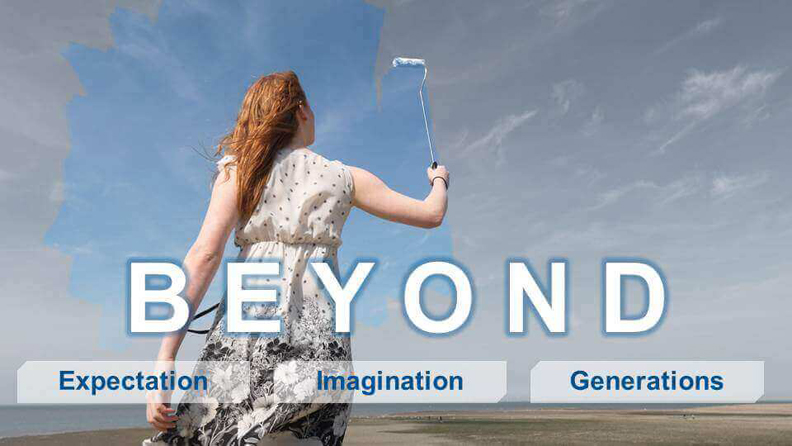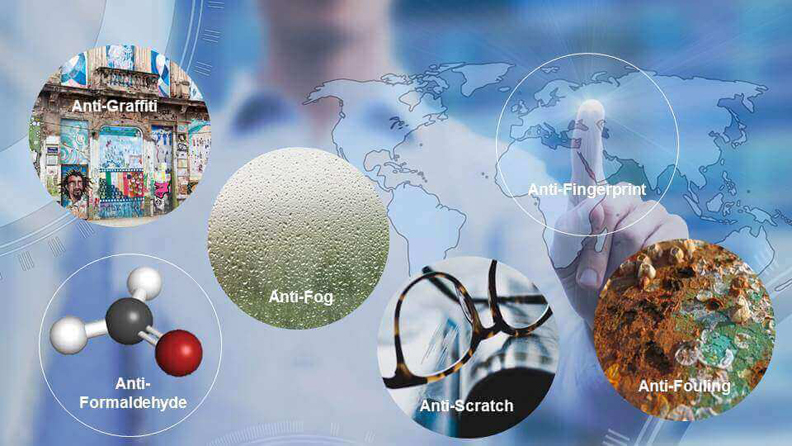Going beyond: the future of paints and coatings
I recently had the opportunity to speak at the 2019 CoatingsTech conference about one of my favorite topics – the future of the paints and coatings industry and the role of technology in it.
At AkzoNobel, this is our domain. We’ve been making paints and coatings since 1792 – and we just haven’t stopped pushing the boundaries of what paint can be and what it can do. Our passion for paint and innovation has always been part of our story. That’s why our vision takes the form of one simple word – beyond – which represents both a challenge and a promise.









